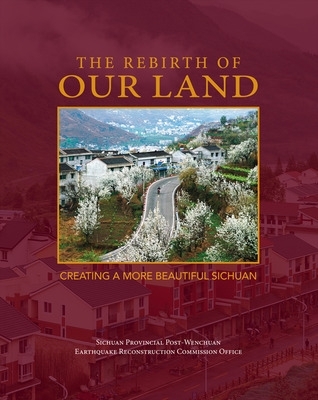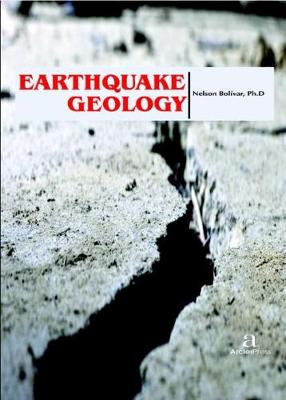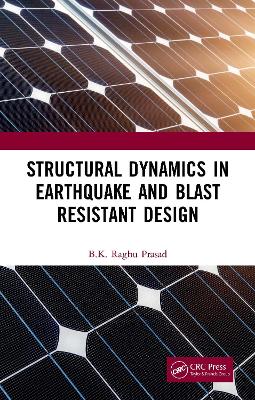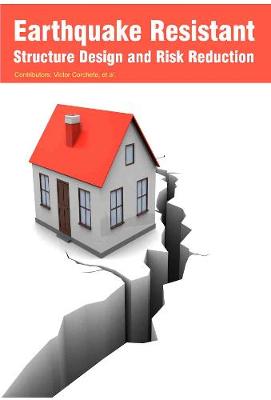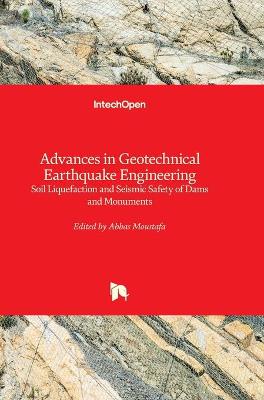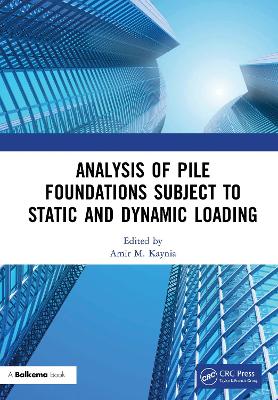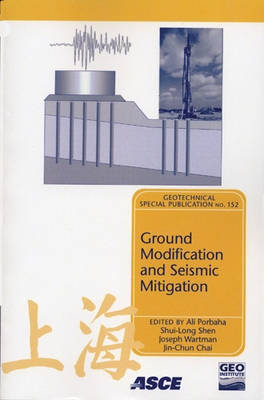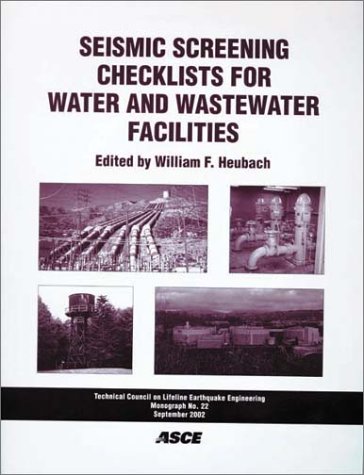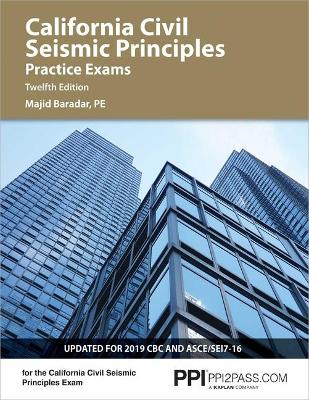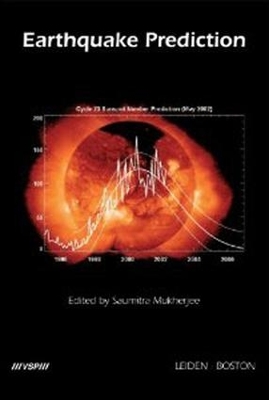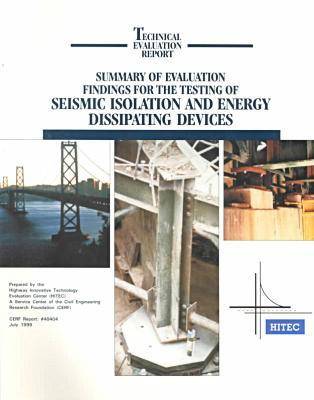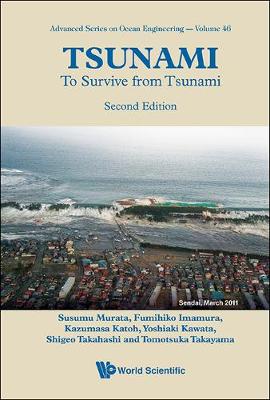Designers' Guide to Eurocode 8: Design of Bridges for Earthquake Resistance (Designers' Guide to Eurocodes, #17)
by Basil Kolias, Michael N. Fardis, and Alain Pecker
Designers' Guide to Eurocode 8: Design of bridges for earthquake resistance covers Part 2 Bridges of EN 1998 Design of structures for earthquake resistance which is the standard for use in the seismic design of bridges in which horizontal seismic actions are mainly resisted through bending of the piers or at the abutments, and the seismic design of cable-stayed and arched bridges. The new addition to the bestselling Designers' Guides series was written by three world renowned authorities on the...
The breathtaking story in words and images of the rebuilding of an earthquake-devastated land The 2008 Wenchuan Earthquake was the worst earthquake in the history of the People’s Republic of China, and it stands as one of the greatest natural disasters of the 21st century. The earthquake took the lives of 87,000, destroyed millions of homes, and turned 500,000 square kilometers into a virtual wasteland. The Sichuan province, however, has undergone a rebuilding of unprecedented scope. Filled wit...
Pisco, Peru, Earthquake of August 15, 2007 (Technical Council on Lifeline Earthquake Engineering Monogra, #32) (Monograph)
Coastal Disaster Surveys and Assessment for Risk Mitigation
This collection covers the essential concepts in the management of coastal disasters, outlining several field surveys of coastal disasters in the 21st century, including the Indian Ocean and Tohoku Tsunamis, and the storm surges of Hurricane Katrina, Cyclone Nargis, and Typhoon Haiyan. Measurements of flood heights, distributions of structural destruction, and residents’ testimonies are reported, and the results are analysed and compared with past events and numerical simulations, with the reali...
Earthquake Geology
An earthquake is always an unexpected phenomenon. Modern science is not able to predict the time or the place or the earthquake strength. The problem of locating the focus of a starting earthquake has not even been set due to the poor level of understanding the processes preceding its start. At present the main earthquake hypothesis is the "explosive" relaxation of the high elastic stresses accumulated in the lithosphere. Understanding a fault's slip behavior, as well as its length and connectiv...
Improving the Seismic Performance of Existing Buildings and Other Structures 2015
Seismic Evaluation and Retrofit of Existing Buildings (Standards, ASCE/SEI 4)
Structural Dynamics in Earthquake and Blast Resistant Design
by BK Raghu Prasad
Focusing on the fundamentals of structural dynamics required for earthquake blast resistant design, Structural Dynamics in Earthquake and Blast Resistant Design initiates a new approach of blending a little theory with a little practical design in order to bridge this unfriendly gap, thus making the book more structural engineer-friendly. This is attempted by introducing the equations of motion followed by free and forced vibrations of SDF and MDF systems, D’Alembert’s principle, Duhammel’s inte...
Behaviour of Steel Structures in Seismic Areas comprises the latest progress in both theoretical and experimental research on the behaviour of steel structures in seismic areas. The book presents the most recent trends in the field of steel structures in seismic areas, with particular reference to the utilisation of multi-level performance based design concepts, the analysis of factors influencing the steel structure behaviour during strong ground motions, minimizing earthquake damage, seismic r...
Earthquake Resistant Structure Design and Risk Reduction
Natural Hazards
Over the years, the interactions between land, ocean, biosphere and atmosphere have increased, mainly due to population growth and anthropogenic activities, which have impacted the climate and weather conditions at local, regional and global scales. Thus, natural hazards related to climate changes have significantly impacted human life and health on different spatio-temporal scales and with socioeconomic bearings. To monitor and analyze natural hazards, satellite data have been widely used in re...
Earthquake Resistant Construction and Design, 2 Volume Set
The aseismic design of structures still remains a major task for engineers worldwide. This text considers earthquake-resistant construction and design, dealing with topics such as seismicity and tectonics; seismic waves in soils; strong ground motion and site effects; and risk evaluation.
Analysis of Pile Foundations Subject to Static and Dynamic Loading
This book presents computational tools and design principles for piles used in a wide range of applications and for different loading conditions. The chapters provide a mixture of basic engineering solutions and latest research findings in a balanced manner. The chapters are written by world-renowned experts in the field. The materials are presented in a unified manner based on both simplified and rigorous numerical methods. The first four chapters present the basic elements and steps in analys...
Ground Modification and Seismic Mitigation (Geotechnical Special Publications, #152)
"Ground Modification and Seismic Mitigation" covers recent case histories, theoretical advances, laboratory and field testing and design methods in ground modification and seismic mitigation. This Geotechnical Special Publication contains 58 technical papers that were presented at the GeoShanghai Conference held in Shanghai, China from June 6-8, 2006. The book discusses topics related to deep mixing, prefabricated vertical drains, ground improvement by granular columns, vacuum consolidation, soi...
This report provides checklists to screen for seismically vulnerable water and wastewater facilities. The checklists facilitate seismic vulnerability assessment for water and wastewater system components, and provide useful information for improving loss mitigation programs. The report was prepared by the Water and Wastewater Committee of the American Society of Civil Engineers (ASCE) Technical Council on Lifeline Earthquakes Engineering (TCLEE). A brief overview explains the checklist format an...
Earthquake Prediction
Earthquake Prediction is the ultimate goal for geoscientists. This volume presents the latest ideas of the ever fascinating and challenging research of earthquake prediction. Sunspot activity and Coronal mass ejection are considered to be influential phenomena in affecting both the electric as well as the magnetic characteristics of sun-earth envir
Prepared by the Highway Innovative Technology Evaluation Center (HITEC), a CERF Service Center. This report summarizes the results of an evaluation that was designed to test the performance of 11 seismic isolators and dampers. The devices were tested for stability, response during earthquake simulations, and fatigue and weathering effects.
Tsunami: To Survive From Tsunami (Advanced Series On Ocean Engineering, #32)
by Tomotsuka Takayama, Kazumasa Katoh, Fumihiko Imamura, Yoshiaki Kawata, Susumu Murata, and Shigeo Takahashi
The book is organized into two parts: the first part covers (i) the precious lessons obtained from recent actual tsunami disasters including the 2004 Indian Ocean Tsunami and 2011 Great East Japan Earthquake Disaster, (ii) fundamental knowledge of tsunami for our survival, and (iii) concludes the lessons learnt and listing measures for tsunami disaster mitigation for saving human lives. The second part presents tsunami from academic perspective in two chapters: one describes tsunami occurrence m...

